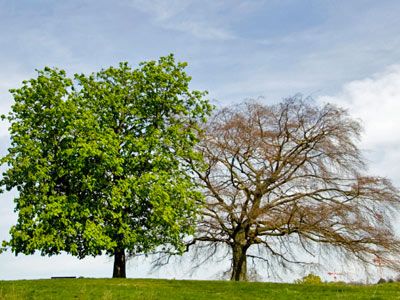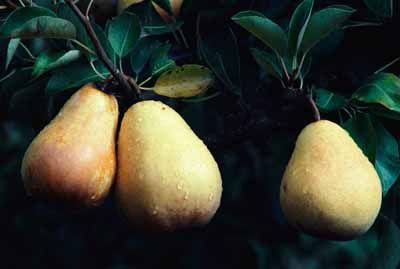Weather-related tree damage can be costly. For example, in the state of Georgia, the annual cost to property owners as a result of trees damaged by storms and other natural disasters approaches $10 million [source: Coder].
There are no completely weatherproof trees in nature, but some trees, such as ginkgos, live oaks and sweetgum trees, are more storm-resistant than others. In contrast, dogwoods, brittle birches and beeches should be avoided as they are particularly vulnerable [source: Clatterbuck]. Planting resilient trees isn't the only way to decrease the likelihood of storm-related damage occurring. You also want to verify -- before planting -- that your selected tree is suited for your particular climate. Be sure to check hardiness zone information while purchasing any saplings.
Advertisement
Once you've decided which tree to buy, basic maintenance like regular pruning can also make your tree more durable. In particular, you should make sure that your tree doesn't grow forked or oversized branches. The weight of overgrown branches causes strain on a tree, especially in high winds, and forked branches tend to snap off when stormy weather hits. The rule of thumb to keep in mind while pruning is that branches should never be longer than half of a tree's diameter. In general, a branch that grows at a 45-degree angle to the tree's trunk is healthier than other branches. This angle allows for space between the branch and trunk where new wood growth can develop [source: Arbor Day Foundation]. In addition to pruning, fertilize your tree on a regular basis as part of your maintenance routine. Keep an eye out for pests such as pine beetles, which can infect and weaken trees. If you have a damaged tree, it's a good idea to consult with an arborist (a tree expert). Consistent care will increase your tree's chances of weathering whatever Mother Nature throws at it.
Advertisement

